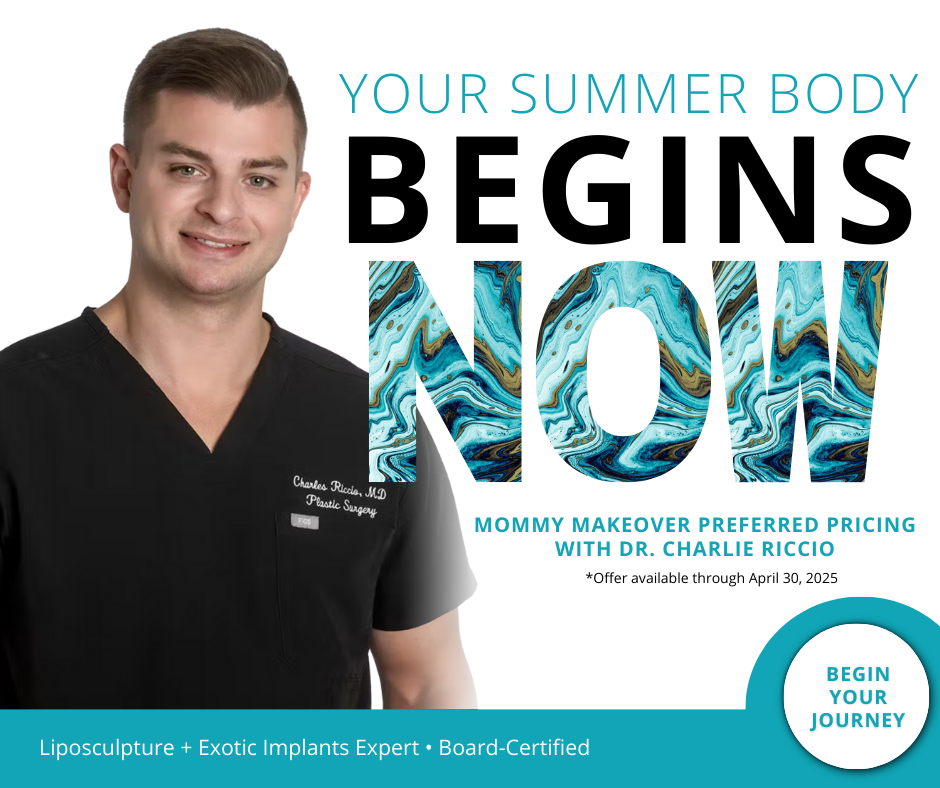Why Choose Sanctuary Plastic Surgery for Revision Rhinoplasty?
Sanctuary Plastic Surgery performs primary rhinoplasties and corrects unsatisfactory results of previously performed rhinoplasties at other plastic surgery institutions or practices.
Our Rhinoplasty Expert, Dr. Rondi Walker, is a University of Washington, Yale University, Oxford University, Georgetown University, and a Professor Daniel Marchac Fellow from the Necker Hospital in Paris. Dr. Walker is highly knowledgeable regarding revision rhinoplasty surgery and is a member of the American Board of Plastic Surgery and the American Board of Otolaryngology-Head and Neck Surgery.
She is taking new patient consultations at Sanctuary Plastic Surgery and would be delighted to meet you and assist you in formulating a surgical plan for your revision rhinoplasty. Please schedule your appointment with Dr. Walker if you have any questions regarding your nose. She is well-versed in breathing issues and cosmetic nasal surgery.








